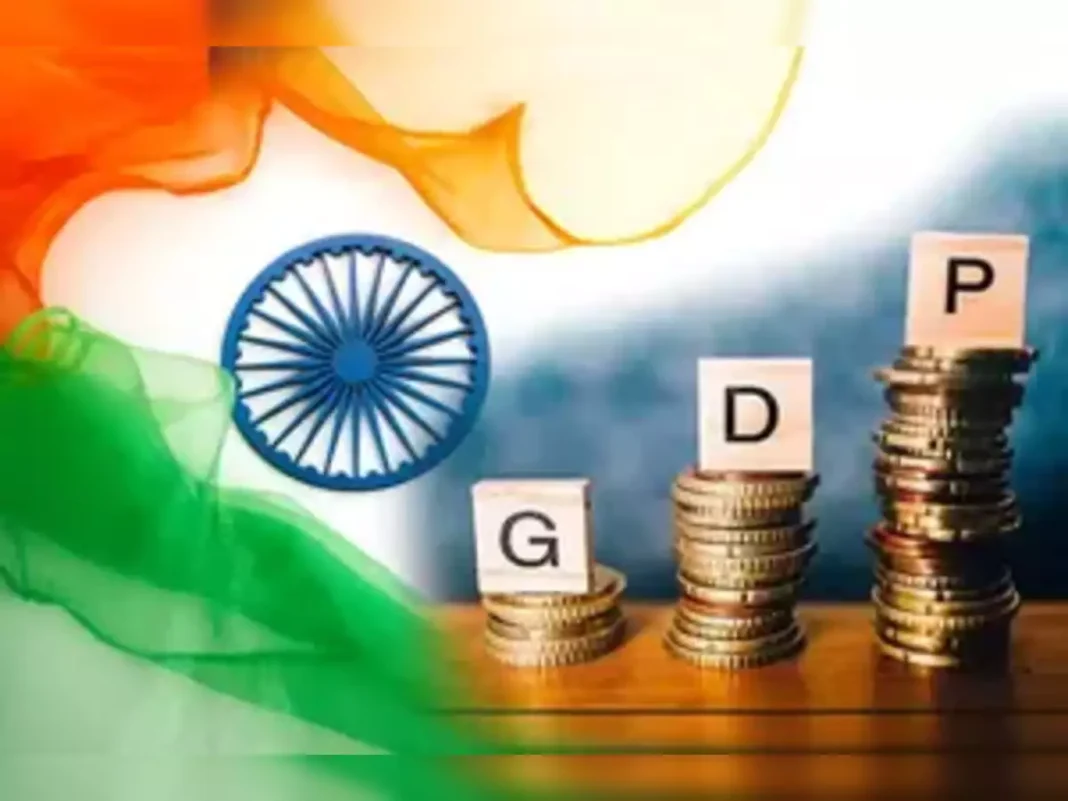India’s economy is showing signs of resilience as the country’s GDP growth is projected to have rebounded to 6.3% in the October-December quarter of 2023, according to a Reuters poll. This upturn, primarily fueled by increased government spending, underscores India’s ability to navigate global economic uncertainties and maintain steady growth. As the world’s fastest-growing major economy, India’s performance in the third quarter sets a positive tone for the financial year ahead.
Key Factors Driving India’s GDP Growth
1. Government Spending Boost
One of the primary contributors to India’s GDP growth in Q3 has been a surge in government expenditure. Infrastructure investments, public welfare programs, and capital outlays for key sectors such as roads, railways, and energy have significantly driven economic momentum. The government’s focus on boosting domestic demand through fiscal policies has played a crucial role in supporting growth despite external headwinds.
2. Manufacturing and Industrial Growth
India’s manufacturing sector has also witnessed a steady recovery, supported by the government’s ‘Make in India’ initiative and production-linked incentive (PLI) schemes. Strong demand for industrial goods, a revival in exports, and improved supply chain efficiency have helped the sector expand. Additionally, the reduction in input costs due to declining commodity prices has further fueled industrial output.
3. Services Sector Performance
The services sector, particularly IT, financial services, and tourism, has shown robust performance. The digital economy continues to be a strong growth driver, with India’s IT exports remaining resilient despite global economic challenges. Consumer spending on services, including travel and entertainment, has rebounded significantly, further boosting GDP growth.
4. Strong Agricultural Output
A good monsoon and improved agricultural production have bolstered rural consumption, which is critical for sustaining economic growth. Higher output in key crops has also stabilized food prices, contributing to overall economic stability.
Challenges and Risks
Despite the positive momentum, several challenges remain that could impact India’s growth trajectory in the coming quarters.
- Global Economic Uncertainty: Slowdowns in major economies such as the US and China, coupled with geopolitical tensions, may impact India’s export performance.
- Inflationary Pressures: Although inflation has moderated, any surge in global oil prices or supply chain disruptions could pose inflationary risks.
- Monetary Policy Tightening: The Reserve Bank of India (RBI) has maintained a cautious stance on interest rates. Any further tightening of monetary policy could affect borrowing costs for businesses and consumers.
- Unemployment Concerns: While economic growth is strong, job creation remains a critical issue. The formal employment sector needs sustained expansion to accommodate India’s growing workforce.
Economic Outlook
Looking ahead, India is expected to maintain a strong growth trajectory. The International Monetary Fund (IMF) and the Reserve Bank of India (RBI) have projected GDP growth for the financial year 2023-24 in the range of 6.0-6.5%. Key drivers that will shape India’s economic outlook include:
- Continued Government Reforms: Policies promoting digitalization, infrastructure development, and ease of doing business will be instrumental in sustaining growth.
- Private Sector Investment: A revival in private sector capital expenditure, backed by improving business confidence, will further support GDP expansion.
- Export Growth: Despite global headwinds, India’s diversification into new markets and focus on domestic manufacturing could help mitigate external risks.
- Consumer Demand: Rising disposable incomes and urbanization will continue to drive consumer demand, particularly in retail, real estate, and automobile sectors.
India’s GDP growth rebounding to 6.3% in Q3 2023 highlights the country’s economic resilience amid global uncertainties. While increased government spending and robust sectoral growth have contributed to this positive development, challenges such as inflation, unemployment, and external economic risks remain. Moving forward, sustained policy measures, private sector investments, and a focus on job creation will be key to maintaining India’s economic momentum.
Follow Swadesi for more such updates!



